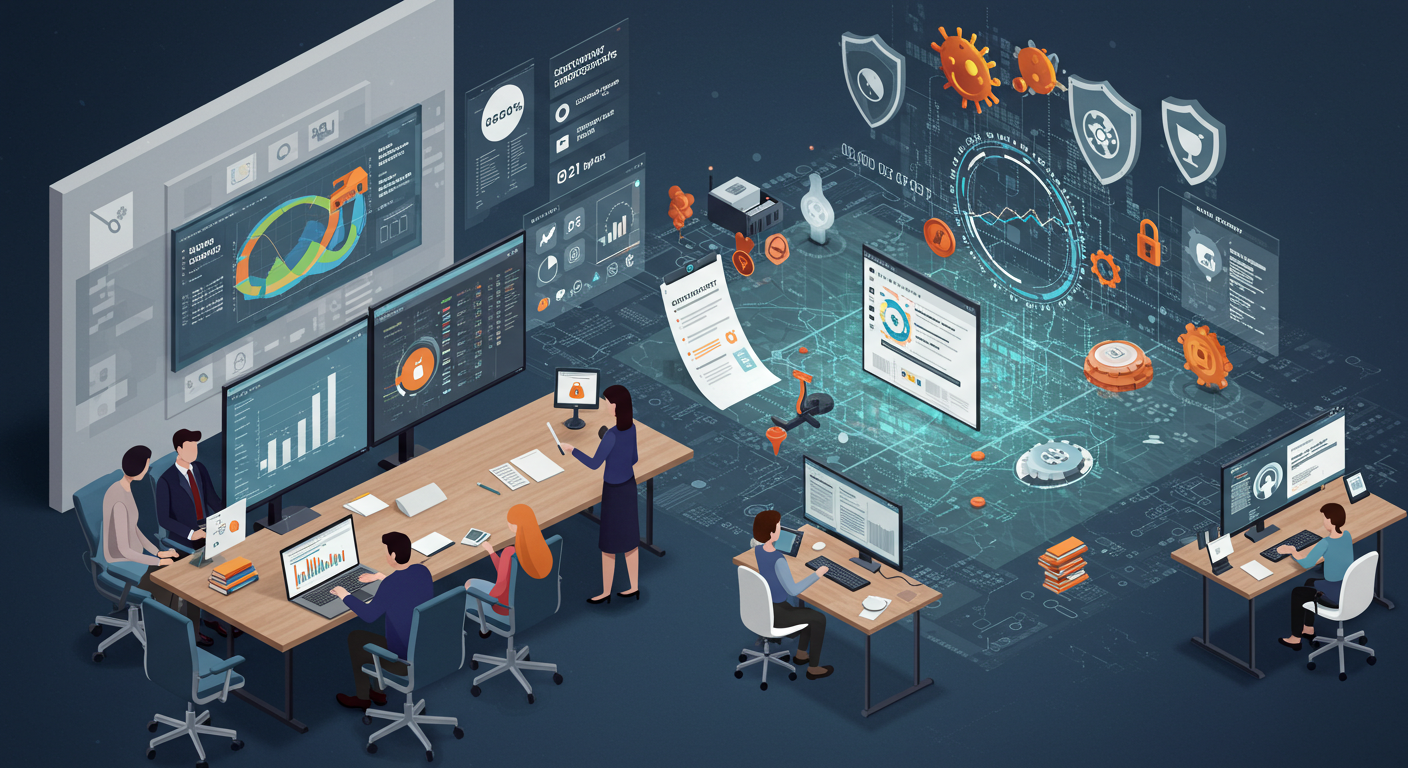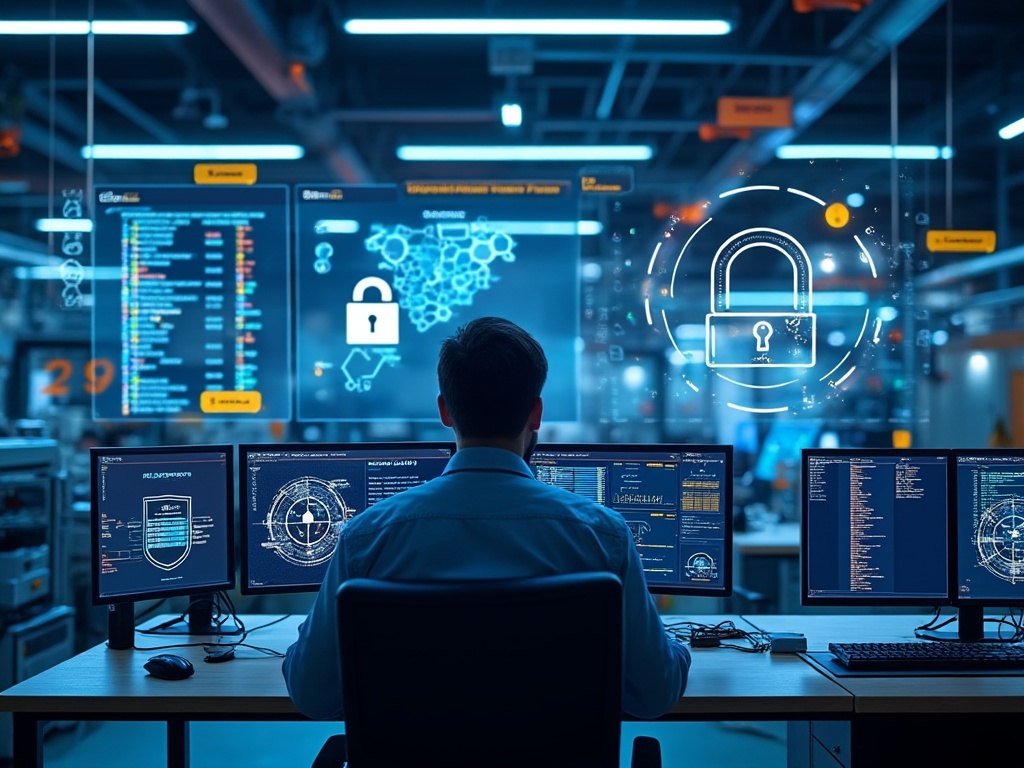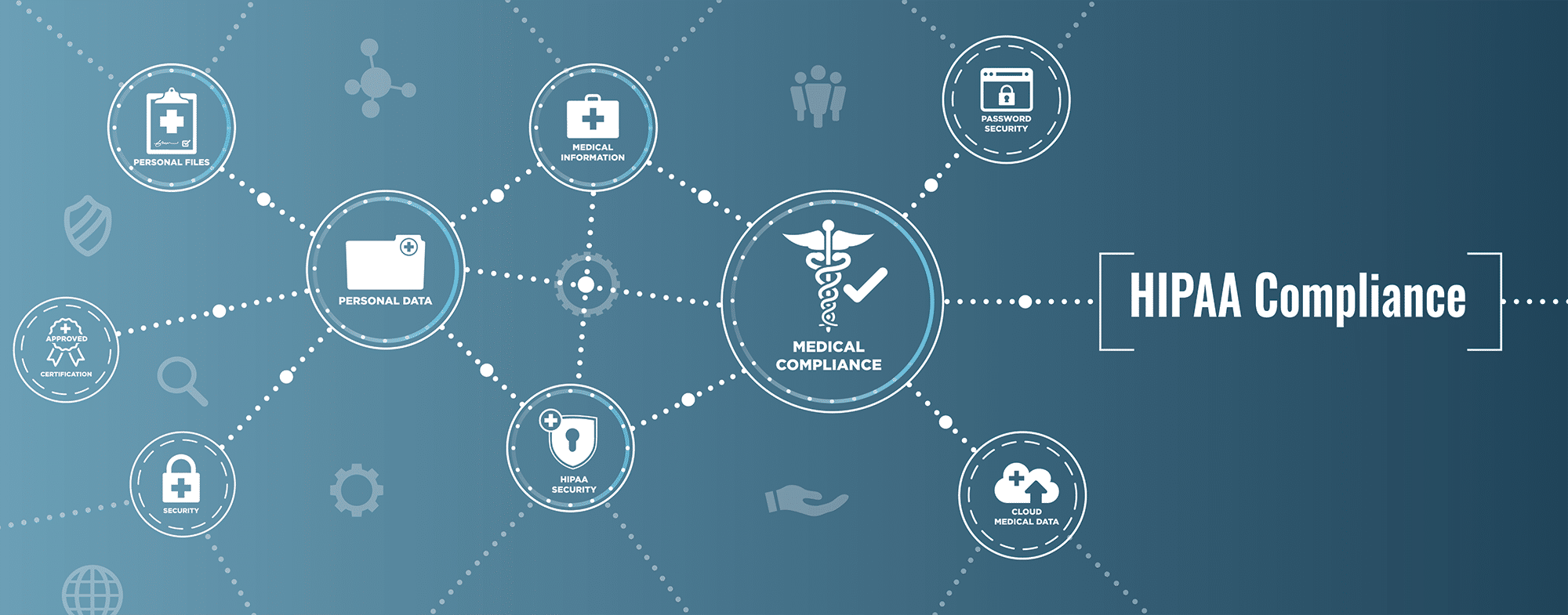With cybersecurity threats on the rise, it is more important now than ever to ensure that companies have the necessary safeguards in place to protect their data and systems. One of the most effective ways to do this is to regularly monitor the cyber environment, and this is where continuous cybersecurity monitoring comes in.
In this article, we will take a look at what continuous cyber security monitoring is, its benefits, how to implement it, and much more.
What is continuous cyber security monitoring?
Continuous cyber security monitoring is the process of actively and constantly monitoring a company’s digital assets and networks for any suspicious activity or threats. It helps to detect and respond to threats in a timely manner and can be used to strengthen an organization’s security posture.
The goal of continuous cyber security monitoring is to identify and respond to threats quickly before they can cause any damage. This is done by using a variety of tools and techniques that can detect suspicious activity on a company’s networks, systems, and devices.
Continuous cyber security monitoring is a critical part of any company’s security strategy, as it helps to prevent, detect, and respond to cyber threats in a timely manner. It is important for companies to have an effective and comprehensive cyber security monitoring program in place in order to protect their data and systems from malicious attacks.
Benefits of continuous cyber security monitoring
Continuous cyber security monitoring offers many benefits for companies, including:
- Increased visibility into the security posture of an organization
- Early detection of malicious activity on the network
- Real-time alerts when suspicious activity is detected
- Reduced risk of data breaches and other cyber threats
- Improved compliance with applicable laws and regulations
- Increased protection of critical assets and data
- Cost savings by preventing more expensive incidents
These are just a few of the benefits you’ll enjoy when you implement a cybersecurity monitoring solution.
What does continuous cyber security monitoring involve?
Modern cybersecurity monitoring solutions often involve a wide array of different techniques and technologies. Cyber criminals tend to be very well-educated and tech-savvy. As such, it’s necessary to stay one step ahead of them. Therefore, continuous cyber security monitoring involves a range of activities, including:
- Automated scanning and monitoring of networks, systems, and devices
- Regular security assessments to identify potential vulnerabilities
- Analysis of threat intelligence data to detect new threats
- Regular updates of security policies and procedures
- User behavior monitoring to detect suspicious activity
- Monitoring of user access and activity
- Implementation of security controls to protect against threats
By regularly monitoring the cyber environment, organizations can detect and respond to threats quickly before they can cause any serious damage.
What are the components of continuous cyber security monitoring?
Continuous cyber security monitoring consists of several components, including:
Security Policies and Procedures: Organizations should have well-defined security policies and procedures in place that provide guidance on how to protect their data and systems from external threats. These policies and procedures should be regularly reviewed and updated to ensure that they are up-to-date and effective.
Security Tools and Technologies: Organizations should have a range of security tools and technologies in place to detect and respond to threats. These tools and technologies can include antivirus and antimalware software, intrusion detection systems, firewalls, and other security solutions.
Security Audits and Assessments: Organizations should regularly audit their networks and systems to identify potential vulnerabilities. This can be done using automated tools or by having a security expert conduct a manual audit.
Monitoring and Reporting: Organizations should have a system in place to monitor and report on the security posture of their networks and systems. This can include regular reports on the latest threats and vulnerabilities, as well as alerts when suspicious activity is detected.
Incident Response: Organizations should have an incident response plan in place to quickly and effectively respond to any security incidents. This plan should include procedures for the containment, investigation, and remediation of security incidents.
How to Implement Continuous Cyber Security Monitoring
Continuous cybersecurity monitoring is a process that helps organizations protect their networks and data from potential cyber threats. It involves the continuous collection and analysis of data from multiple sources to identify potential security threats and take appropriate action.
Here are the steps for implementing continuous cyber security monitoring:
Establish Security Goals: The first step in implementing continuous cyber security monitoring is to establish security goals for your organization. This will help you determine which security measures are necessary and how to prioritize them.
Develop Security Policies: Once you have established your security goals, the next step is to develop security policies. These policies should outline the processes and procedures that must be followed to keep your network and data safe.
Monitor: The third step is to begin monitoring your network and data. This involves collecting and analyzing data from multiple sources to identify potential security threats.
Respond: Once potential security threats have been identified, it is important to respond quickly and effectively. This may include taking steps to patch any vulnerabilities, implementing additional security measures, or contacting law enforcement.
Review: The final step is to review your security policies and procedures on a regular basis. This will help ensure that they remain up-to-date and effective in protecting your network and data from potential cyber threats.
By following these steps, organizations can implement a comprehensive and effective continuous cyber security monitoring program.
Continuous cyber security monitoring best practices
There are a few best practices that organizations should follow when implementing a continuous cyber security monitoring program, including:
Automating Security Monitoring: Use automated security tools and technologies to monitor your networks and systems for any suspicious activity or threats. This will help to quickly detect and respond to threats.
Monitoring User Activity: Monitor user access and activity to detect any suspicious behavior. This can help to identify any malicious actors in the system.
Regularly Updating Security Policies and Procedures: Regularly review and update your security policies and procedures to ensure that they are up-to-date and effective.
Monitoring Third-Party Access: Monitor access to any third-party services or vendors to ensure that they are not accessing any sensitive data without authorization.
Continuous cyber security monitoring tools
There are a range of tools and technologies available to help organizations monitor their networks and systems for any suspicious activity or threats. These tools can include antivirus and anti-malware software, intrusion detection systems, firewalls, and other security solutions.
Organizations should use these tools to regularly scan their networks and systems for any potential threats and vulnerabilities. Of course, if you prefer to use a managed cyber services provider, then they will be able to help you with all of these tasks so that you can focus on other areas of your business while the experts look after your cybersecurity.
The benefits of working with a cyber security monitoring provider
Working with a cyber security monitoring provider can provide many benefits. These providers have the expertise and resources to implement and manage a comprehensive security system, as well as the ability to identify and address potential threats quickly.
Working with a cyber security monitoring provider can also help to reduce the risk of a data breach. By monitoring the network, applications, and endpoints for potential threats, providers can help to ensure that any potential threats are identified and addressed before they can cause any damage.
Finally, working with a cyber security monitoring provider can help to reduce the costs associated with implementing and managing a security system. This is because providers typically offer their services on a subscription basis, which can help to reduce the costs of purchasing and maintaining security software and hardware systems.
Tips for choosing a cyber security monitoring provider
When choosing a cyber security monitoring provider, there are a few things to consider, including:
- Security Expertise: Make sure that the provider has the necessary security expertise to properly monitor and protect your networks and systems.
- Technology: Check that the provider has the latest tools and technologies to detect and respond to threats.
- Compliance: Ensure that the provider is compliant with applicable laws and regulations.
- Cost: Compare the different providers and make sure that you are getting the best value for your money.
By taking these factors into consideration, organizations can ensure that they are getting the best cyber security monitoring provider for their needs.
Conclusion & Recommendations
Continuous cyber security monitoring is essential for any organization looking to protect its data and systems from cyber-attacks. It involves a range of activities, including automated scanning and monitoring of networks, systems, and devices, regular security assessments to identify potential vulnerabilities, and more.
If you are ready to get started with cybersecurity monitoring, then we highly recommend that you check out BlueSteel Cybersecurity. BlueSteel is an industry leader in the cybersecurity monitoring and consulting industry. They have a team of experts who can help you assess your cybersecurity situation and implement policies and procedures to ensure that your networks and data remain secure.







